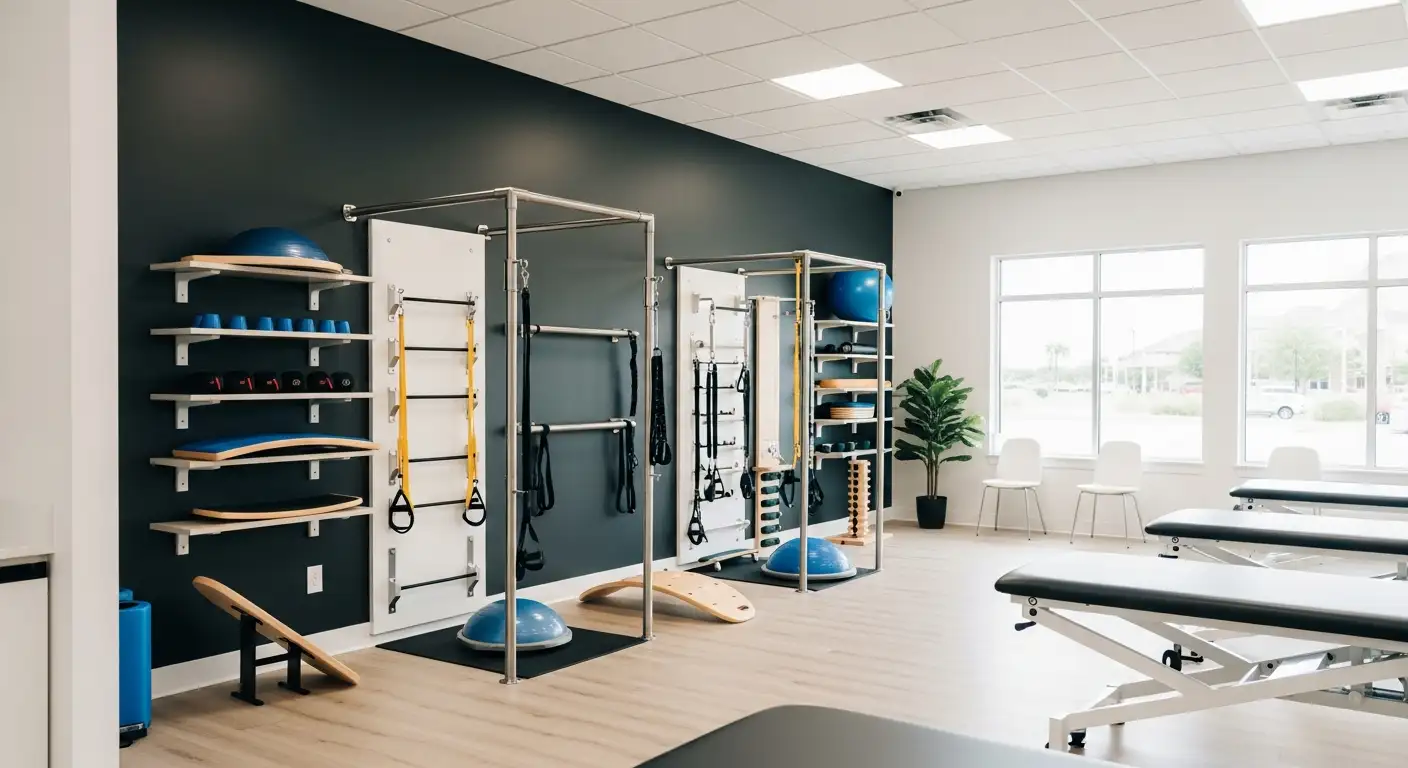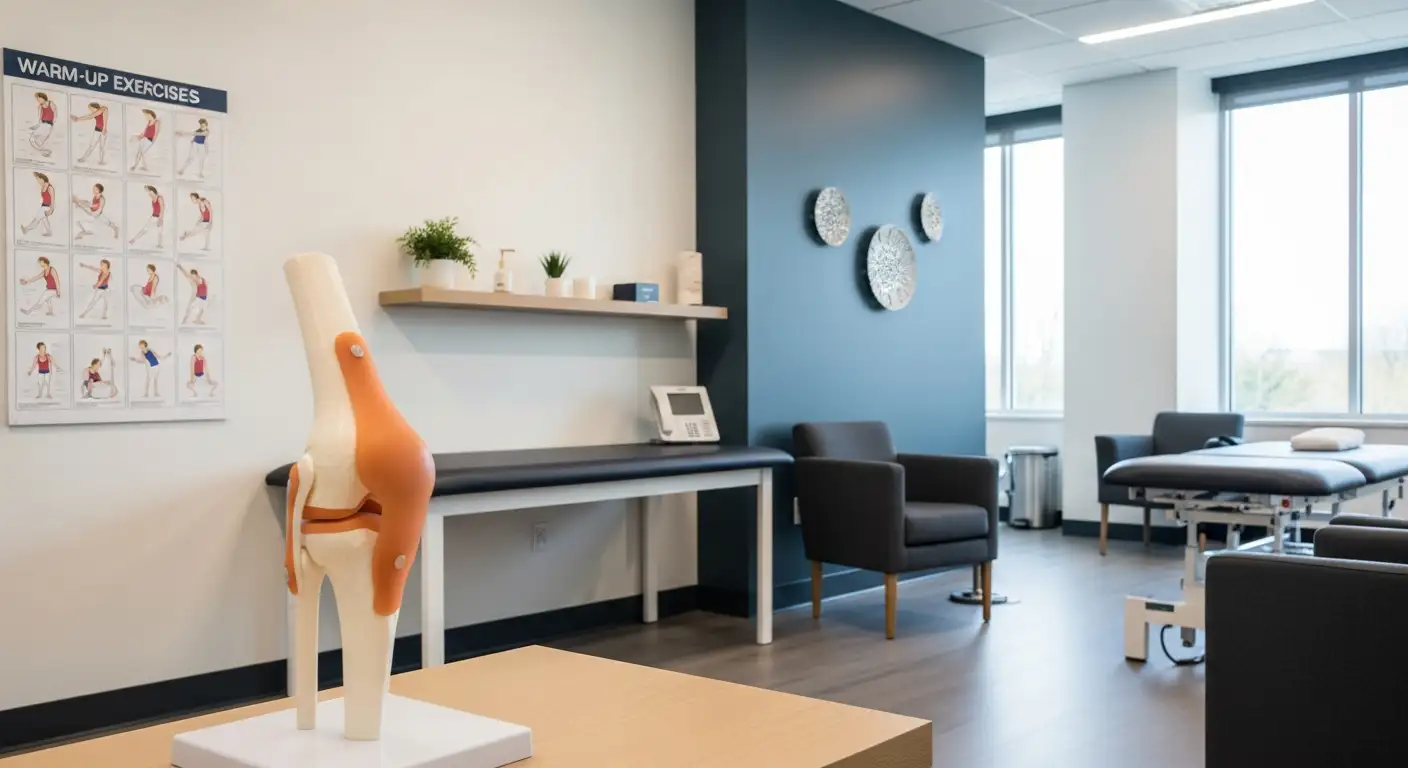Factors Influencing Recovery
Recovery time after knee surgery varies greatly among individuals. Several factors can influence the speed and success of recovery, such as the type of surgery, the patient's overall health, and their commitment to rehabilitation. Understanding these factors can help patients set realistic expectations and take proactive steps to enhance their recovery process.

Predictors for Prolonged Recovery
The likelihood of making a full recovery after a knee surgery depends on a variety of factors. Some of these are apparent, such as the patient's overall health and the severity of their knee condition. Other less obvious factors include the patient's attitude towards recovery, their adherence to post-operative care instructions, and their commitment to physical therapy. All these factors can significantly impact the recovery process and the outcome of the surgery Dr. Herman Botero.
Certain predictors can signal a prolonged recovery. For example, a study found that female gender, planned discharge to a rehabilitation facility, non-attendance of preoperative patient education, and increased pain levels on the day of surgery and on the third postoperative day were significant predictors for a longer hospital stay after total knee arthroplasty (TKA) NCBI.
Impact of Gender and Pain Levels
The patient's gender and pain levels can also impact the recovery process. Women are more likely to experience prolonged recovery times after knee surgery. This could be due to various factors, including hormonal influences, differences in muscle mass, and pain tolerance.
Pain levels play a critical role in recovery. Higher pain levels on the day of surgery and the following days can prolong hospital stay and slow down the recovery process. Effective pain management strategies are crucial to improve patient comfort and facilitate a smoother recovery.
These factors underscore the importance of personalized care in knee surgery recovery. By understanding the individual's unique predictors and their impacts, healthcare providers can develop a tailored approach to enhance recovery outcomes.
Exercise After Knee Surgery
Exercise plays a critical role in the recovery process after knee surgery. Movement and exercise are integral components of any postoperative rehabilitation, aiming to restore full range of motion, normalize gait patterns without assistive devices, and enable a safe return to daily activities [1].
Timing of Exercise Programs
The start of an exercise program after knee surgery varies widely. It could range from immediately after the surgery to waiting a week or more. The timing depends on the type of knee surgery undergone and the individual's physical condition. Light exercises and movements after knee surgery can help speed up recovery and reduce post-operative pain. It's crucial to collaborate closely with a physical therapist or healthcare provider to develop a safe and effective rehabilitation program tailored to the patient's needs [1].
Importance of Home Exercise Programs
Home exercise programs play a significant role in recovery after knee surgery. They can help decrease swelling, increase the range of motion in the knee, and build strength. This promotes a quicker recovery and long-term benefits for leg strength. It is essential to attain full extension and at least 120 degrees of flexion, with a preference for a minimum of 130 degrees of knee bend within the first six weeks post knee replacement surgery for a successful recovery [1].
Benefits of Leg Strengthening
Strengthening exercises for the legs post knee surgery provide long-lasting benefits that extend for years to come [2]. These exercises can improve mobility, reduce the risk of future injuries, enhance balance and stability, and improve overall leg strength.
Common knee rehabilitation exercises recommended for recovery after knee replacement surgery include:
- Seated knee flexion stretch scoot
- Heel slides
- Knee extension stretch
- Terminal knee extension
- Quad set
- Straight leg raise
Patients should always consult their surgeon or physical therapist before engaging in these exercises. Regular exercise, in combination with professional guidance, can help individuals recover more effectively from knee surgery and return to their normal activities sooner.
Types of Knee Surgeries
There are various types of knee surgeries carried out, each with its own recovery timeline. The time it takes to recover from knee surgery varies significantly depending on the type of procedure. Here, we explore four common types of knee surgeries: meniscus repair, meniscectomy, plica excision, and knee replacement.
Meniscus Repair Recovery
Meniscus repair is a surgical procedure that aims to fix a torn meniscus. The recovery time after a meniscus repair surgery can range anywhere between 4-6 weeks, or even up to 3 months until a patient is able to participate in any sports or activities. However, it's worth noting that full recovery is not always possible due to limited blood supply.
Meniscectomy Recovery
Meniscectomy is another type of knee surgery that involves the removal of all or part of a torn meniscus. The recovery time after a meniscectomy surgery is typically around 4-6 weeks. This timeline allows for the knee to heal and regain its full range of motion [3].
Plica Excision Recovery
Plica excision is a procedure performed to remove the inflamed plica in your knee. The operation usually takes 20 minutes to 40 minutes to perform, and patients are often released from the hospital the same day as the operation. The recovery period after plica excision surgery is typically shorter compared to other types of knee surgeries.
Partial vs. Total Knee Replacement
The recovery time for knee replacement surgery depends on whether a partial or total knee replacement is performed. Patients who undergo a partial knee replacement generally recover more quickly than those who have a total knee replacement. Many are able to walk on their own within 4-6 weeks post-surgery but may need physical therapy for 4-6 months.
On the other hand, total knee replacement surgery generally takes 1-2 hours, and patients may stay in the hospital from 1-4 days post-surgery to recover. The rehabilitation time varies based on the patient’s health and motivation to recover [3].
These timelines provide a general guide on what to expect after your knee surgery. It is crucial to remember that individual recovery times may vary depending on factors such as age, overall health, and adherence to post-operative care and rehabilitation. Always consult with your healthcare provider for personalized information about your recovery process.
Recovery Timelines
The question, 'how long does it take to recover from knee surgery' is a common one, but the answer is not straightforward. It varies greatly depending on the type of knee surgery performed. Let's delve into the recovery timelines for different types of knee surgeries.
Total Knee Replacement
A traditional total knee replacement surgery, which involves replacing the entire knee joint, requires a hospital stay of about 3 to 6 days. Following the hospital stay, patients may need to use a walker or crutches for several weeks. Full recovery and function of the joint can take from six months to a year. During this period, high-impact activities such as running or jumping are typically discouraged to avoid damaging the new joint Healthgrades.
Mini-Incision Knee Replacement
A mini-incision knee replacement surgery, which uses a smaller incision and specialized instruments, generally has a shorter recovery time compared to a traditional total knee replacement. Patients may stay in the hospital for 1 to 2 days post-surgery and can typically return to work and normal activities within a couple of weeks. Full range of motion usually requires several weeks of physical therapy Healthgrades.
Partial Knee Replacement
For a partial knee replacement surgery, where only the arthritic parts of the knee are replaced, patients may be able to return to work within a couple of weeks. Physical therapy and home exercises are often needed for several weeks until full range of motion and use of the knee are achieved Healthgrades.
Osteotomy and Arthroscopic Surgery
Recovery from an osteotomy, a surgical procedure used in early-stage osteoarthritis, may take 3 to 6 months. Patients typically spend 1 to 2 days in the hospital and may need crutches for several weeks post-surgery to aid in the recovery process Healthgrades.
For arthroscopic knee surgery, where a small incision is made to repair damage to ligaments and cartilage, patients can often return to office work within a week. Resuming an active lifestyle may take 1 to 2 months, depending on the specific procedure and the individual's physical condition Healthgrades.
Remember, the listed recovery times are general estimates. Individual experiences can vary based on factors such as age, overall health, the severity of the knee problem, and adherence to postoperative care and rehabilitation. Always consult with your healthcare provider for personalized recovery timelines.
Postoperative Rehabilitation
Postoperative rehabilitation is an integral part of the recovery process after knee surgery. This stage involves strategies and exercises that promote healing, restore joint mobility, and improve strength. It plays a crucial role in getting individuals back to their daily activities and reducing the risk of post-surgery complications.
Role of Physical Therapy
Physical therapy often begins the day after knee replacement surgery, with effective postoperative pain relief being critical for active participation. Therapists work closely with patients to develop individualized rehabilitation programs, aiming for a full range of motion, normal gait pattern without an assistive device, and a safe return to all activities of daily living.
Essential Exercises for Recovery
Engaging in light exercises and movements after knee replacement surgery can aid in speeding up recovery and reducing post-operative pain. Some commonly recommended knee rehabilitation exercises include:
- Seated knee flexion stretch scoot
- Heel slides
- Knee extension stretch
- Terminal knee extension
- Quad set
- Straight leg raise
Patients should always consult their surgeon or physical therapist before engaging in these exercises.
It is essential to attain full extension and at least 120 degrees of flexion, preferably a minimum of 130 degrees of knee bend within the first 6 weeks post knee replacement surgery for a successful recovery.
Preventing Complications
Postoperative rehabilitation, including movement and exercise, is crucial for successful outcomes and reducing the risk of complications such as blood clots, joint stiffness, and muscle atrophy after knee replacement surgery. Patients are advised to start exercises early to ensure a smooth recovery process.
Additionally, anesthesiologists play a crucial role in postsurgical pain relief, which is essential for effective participation in physical therapy and rehabilitation after knee surgery [4]. The choice of anesthetic depends on factors such as the type of surgery, risk factors, and individual preferences, which can impact the risk of complications, cost, time spent in the medical facility, and how quickly physical therapy can begin.
In conclusion, postoperative rehabilitation is a significant aspect of the journey to recovery after knee surgery. Incorporating prescribed exercises and physical therapy into the recovery plan can optimize surgical outcomes and enhance the overall quality of life for patients.
Long-Term Outcomes
After undergoing knee surgery, understanding the long-term outcomes can provide clarity and peace of mind. From success rates of knee replacements to improvements in function and pain relief, as well as activities to avoid post-surgery, this section will delve into each of these aspects.
Success Rates of Knee Replacements
Knee replacements have been performed by surgeons for over three decades and have shown excellent results. Most reports indicate that the ten-year success rates for these surgeries are in excess of 90 percent. Furthermore, knee replacements are expected to last at least 15 years, with some lasting 20 years or longer. As a result, age is a significant factor when deciding between surgery and other pain management alternatives.
Improvements in Function and Pain Relief
Total knee replacement surgery has a high success rate, with more than 90 percent of patients experiencing substantial or complete relief of pain and restored function. The procedure can improve walking ability, range of motion, and the ability to engage in recreational activities [5]. A total knee replacement often improves the function of the joint, although many people do not regain a full range of motion. More than 90% of total knee replacement prostheses are still functioning 15 years after they were inserted [6].
Activities to Avoid Post-Surgery
While knee surgery can significantly improve one's quality of life, it's important to remember that there may be certain activities to avoid or modify to prevent damage to the new knee joint. High-impact activities that place a great deal of stress on the joint are often discouraged, such as running, basketball, soccer, and other sports involving jumping or sudden changes in direction.
Low-impact activities, on the other hand, can be beneficial for maintaining strength and mobility without placing undue stress on the knee. These can include swimming, cycling, walking, and certain types of yoga or Pilates. It's always important to discuss these activities with a healthcare provider or physical therapist to ensure they're safe and beneficial for each individual's specific situation.
The timeline of recovery and long-term outcomes following knee surgery can greatly improve an individual’s quality of life. By understanding the success rates, potential improvements, and activities to avoid following the procedure, patients can make informed decisions about their healthcare and recovery process.
References
[1]: https://www.orthocentralok.com/blog/26-6-exercises-for-knee-replacement-recovery
[2]: https://specialtyorthony.com/2019/02/blog/exercises-for-post-knee-surgery/
[3]: https://www.empiresolutionsny.com/blog/2018/11/1/8-different-types-of-knee-surgery
[4]: https://www.asahq.org/madeforthismoment/preparing-for-surgery/procedures/knee-surgery/
[5]: https://orthop.washington.edu/patient-care/articles/knee/total-knee-replacement-a-patients-guide.html
[6]: https://www.medicalnewstoday.com/articles/323300





